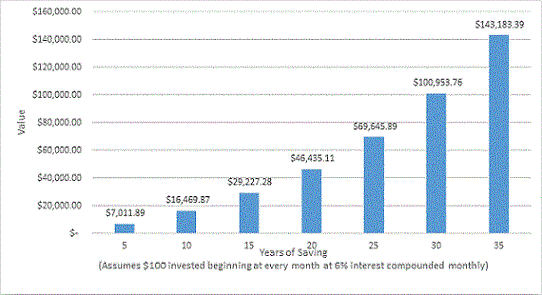
Why Should You Set Up an Automatic Savings or Investment Plan?
(3 of 7)
Why Should You Set Up an Automatic Savings or Investment Plan?
Why are they created?
Automatic plans are usually created for a specific purpose. Retirement is one, saving for a child’s or grandchild’s college education is another. Some people use them to build a source of funds for emergencies. Others want to save for homes, cars, vacations, or other large purchases and want an easy way to let funds accumulate.
Things To Know
- Automatic plans are usually created for a specific purpose, such as retirement.
- Track your spending for a month to see how much you can afford to contribute to an automatic savings plan.
Although an automatic plan will reduce the amount of money you have left to spend on other things, it tends to become a motivator to start budgeting. Automatic savings and investment plans are useful wealth building tools that can help you adjust your savings and spending patterns. They enforce a useful discipline, as it is harder to dip into money just sitting in your checking account because there is less of it.
Can you afford one?
Can you afford an automatic savings plan? If you’re not sure, track your spending for a month to see where waste and unneeded pennies are going. You may find budgeting a helpful tool. Many people find that they can scrape up an extra $25 or more when they try hard enough. If you get a wage increase or a tax refund, you’ve got an instant source of money. You can also change your federal and state tax withholdings to increase your take-home pay (but remember that changing your withholdings too low can result in penalties being charged by the government). Finally, paying off debts more quickly will leave you with a little extra to invest. If none of these ideas work, there’s also the option of a part-time job on the side or starting a consulting or freelance business out of your home, if only for a while.
An example
Consider an example where you invest $100 at the beginning of every month for 35 years with a 6% interest rate. The actual amount invested over time is $42,000, while the earnings (before taxes) come to just over $101,000, bringing your hypothetical total to over $143,000. Not bad for putting your investing on automatic pilot.

A 6% interest rate is very high and can be unrealistic at times for savings accounts. However, interest rates do rise and fall over the years, and this illustration shows the power of saving and compounding over many years.


